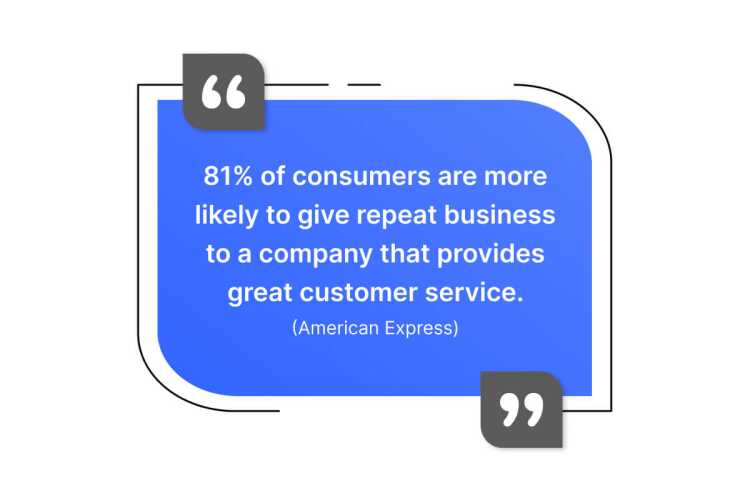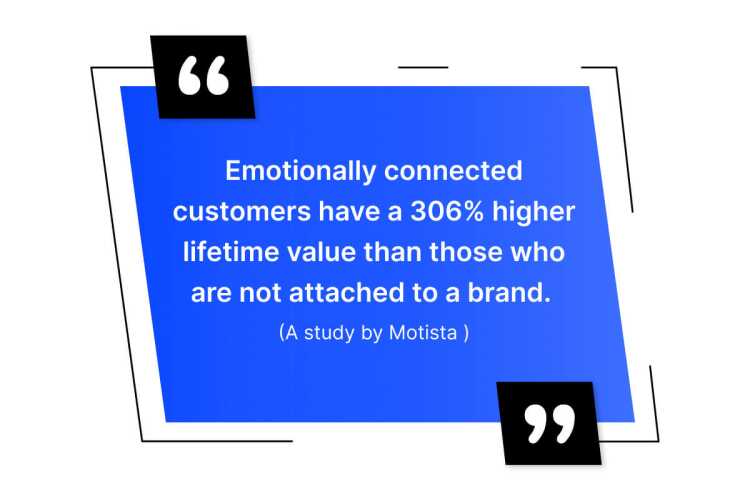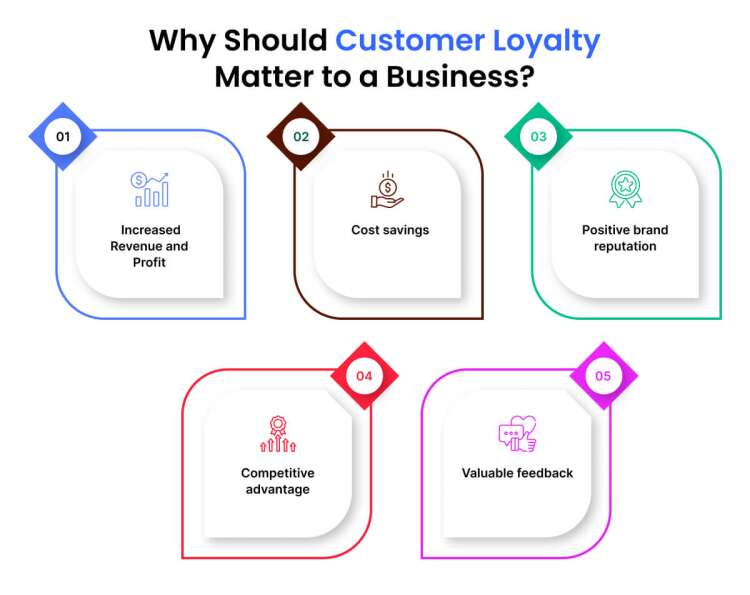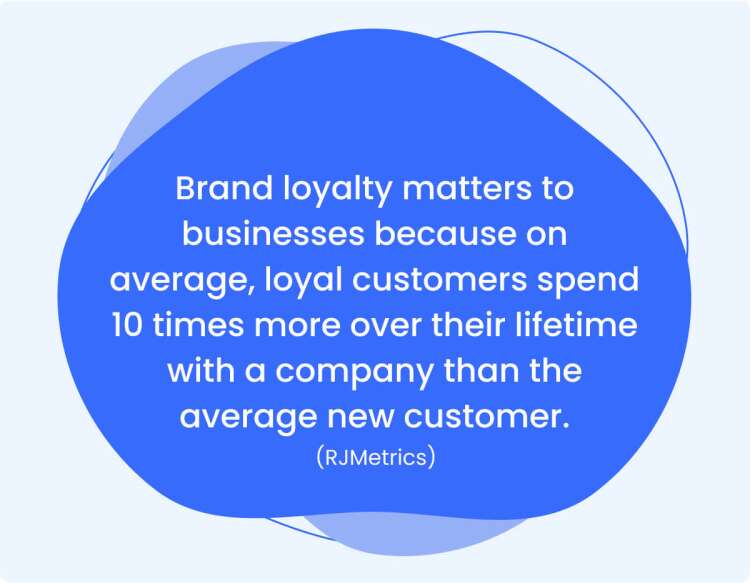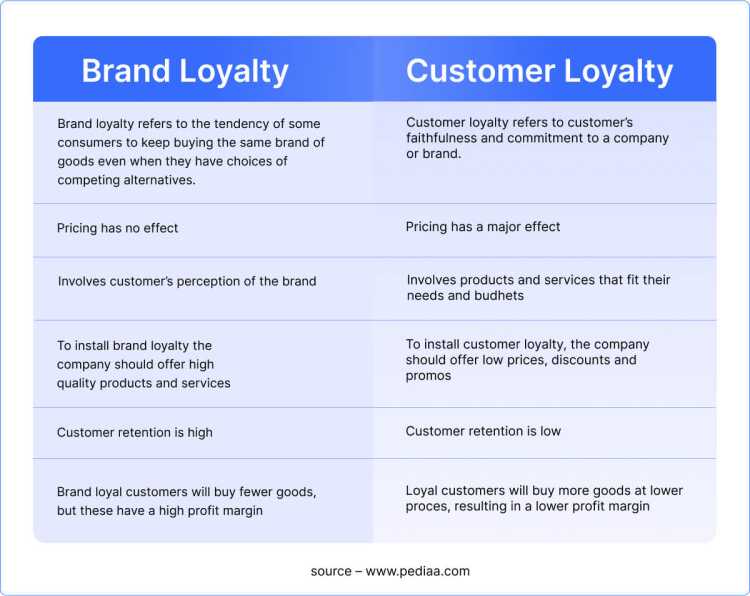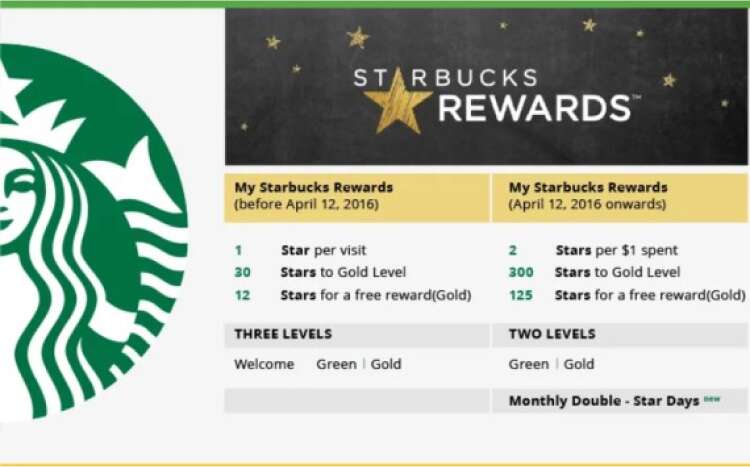Customer Loyalty Vs Brand Loyalty: Differences, Tips, and Stats
- May 22, 2023
- 12 mins read
- Listen

Table of Content
Customer and brand loyalty are vital concepts but often misunderstood by both customers as well as industry experts. Both are similar in many ways yet carry some distinct differences as well. To better understand each of them, we need to understand how some of us inadvertently show a great sense of loyalty when we repeatedly purchase products or services from a particular company or brand.
How we go on buying as long as we’re happy and satisfied with the product’s quality, performance, price, features, and customer service. Our loyalty is mostly to the product and the accompanied factors that influence our purchase decision. So, naturally, we may stop buying from that brand if their products or services no longer add value to us. This is a classic case of customer loyalty built on tangible factors.
On the other hand, brand loyalty is less about tangible factors and more about a deep emotional connection and attachment that we often develop with a brand. Brand-loyal customers stick with the company as their loyalty goes well beyond satisfaction with a specific product or service itself. When a customer is loyal to the brand, he/she feels pride in the association which is often the result of some intangible factors.
In this blog, we will explore customer loyalty vs brand loyalty in detail, analyze factors that general brand and customer loyalty, and will also look into the tips to enhance both types of loyalty.
What is Customer Loyalty?
Customer loyalty indicates the degree of attachment and commitment that customers have towards a brand, company, or product. It shows a customer’s willingness to prefer a specific product or service owing to the features, benefits, or other factors. A loyal customer will often do repeat purchases, refer the product to others, and may also show a higher level of resistance to alternative options.
Businesses often make efforts to cultivate customer loyalty as it has several benefits. Loyal customers not only spend more but also work as brand advocates. They also have a higher lifetime value and sometimes may also contribute to the winning of new customers. To build customer loyalty, a company can employ various measures and strategies such as offering personalized experiences and giving loyalty discounts.
What is Brand Loyalty?
Brand loyalty refers to a customer’s consistent preference for a particular brand over others. It’s often based on a deep emotional connection that customers develop over time with a specific brand. When customers are brand loyal, they not only choose a specific brand but also advocate for it even when they have other options and choices in the market.
More importantly, brand-loyal customers feel an emotional connection with the brand that often arises out of positive memories and experiences in the past. They have a strong faith in the brand’s reliability and value proposition, which is the reason behind repeat purchases. When customers are loyal, they often engage more with the brand and such engagement goes well beyond the purchase itself and adds to its community.
Why Should Customer Loyalty Matter to a Business?
Customer loyalty measurement is vital for businesses across industries as it not only contributes to revenue but also ensures a competitive advantage. By prioritizing customer loyalty, a business can build strong relationships with its customers. After all, a loyalty increase of just seven percent can boost lifetime profits per customer by as much as 85%.
There are many reasons that show why should customer loyalty matter, including –
- Increased revenue and profit – Loyal customers stick for longer and therefore spend more and make repeat purchases over time. They are also less price-sensitive and less bothered about discounts or promotions. All this contributes to improved revenue and profit for the business.
- Cost savings – Retaining existing customers is six times less costly than acquiring new ones. When a business focuses on customer loyalty, it can not only reduce churn but also the associated costs of customer acquisition. All this adds up to the overall cost savings for the business.
- Positive brand reputation – Loyal customers often refer the brands to others and can also be brand advocates. Their referrals and recommendations can improve the brand’s reach and credibility, resulting in a boost to the brand’s reputation in the market.
- Competitive advantage – Brand-loyal customers are less likely to switch allegiance so they ensure a stable customer base for the business. This kind of customer base can always provide a competitive edge in the market.
- Valuable feedback – Loyal customers understand a brand better and their feedback, suggestions, or opinions can prove very helpful in product or service improvement. Brands that listen to the feedback of their loyal customer can drive innovation and ensure improved customer experiences.
Why Should Brand Loyalty Matter to a Business?
Brand loyalty offers a competitive advantage and generates positive word-of-mouth. When a business cultivates brand loyalty, it’s able to build a strong customer base that contributes to growth and long-term success. After all, companies with high scores on brand loyalty tend to increase revenues 2.5 times faster than industry peers.
There are many reasons why brand loyalty should matter to a business, including –
- Brand loyalty ensures a stable customer base for the business and this type of base is always an advantage in the market.
- Loyalty toward a brand not only results in repeat purchases but also generates a willingness to invest in higher-priced products.
- A business that nurtures brand loyalty can always maximize the revenue potential of its existing customers.
- Brands with loyal customers need to spend less on marketing and advertising and they also have to face less price-sensitive customers.
- A business needs to focus less on offering heavy discounting or doing promotions when they have a loyal customer base.
- A brand’s reputation improves when loyal customers share their positive experiences with others.
- Loyal customers stick with the brand even during market fluctuations and this ensures a steady revenue stream in uncertain times as well.
Similarities and Differences Between Customer and Brand Loyalty
Customer and brand loyalty are related concepts but they are not similar. Beyond several similarities, both have distinct focuses and perspectives that should be known to everyone.
Similarities
- Both concepts are built on the foundation of emotional connections. They involve a continuous building of trust, goodwill, and attachment between the brand and the customer.
- In both types of loyalty, repeat purchases are a common theme as loyal customers, whether to a brand or product, willingly keep on buying or sticking with a brand.
- Both customer and brand loyalty indicates a long-term relationship between the brand and the customer.
Differences
- The main focus of customer loyalty is on the individual customer’s loyalty toward a brand whereas brand loyalty emphasizes the overall reputation and the perceived value of the brand itself.
- Customer loyalty considers each customer’s loyalty independently while brand loyalty assesses the overall loyalty of the customer base.
- Customer loyalty is more concerned with an individual customer’s continued patronage and repeat purchases while the main concern for brand loyalty is to share positive experiences and influence others’ perceptions.
Tips to Increase Customer Loyalty
A business can take strategic steps and devise a set of actions to increase customer loyalty. When customer loyalty is increased, it’s always easy to thrive and maintain a sustainable customer base.
Here are some of the ways to increase customer loyalty –
Provide exceptional customer service
For customers, the quality of service matters a lot. If the service is excellent, chances are they will feel happy and such customers go on to become loyal over time. Offering excellent customer service on a consistent basis can be a great step towards building and boosting the level of loyalty. The key is to train the staff to be helpful and attentive so that they can solve issues quickly and provide help as and when customers need it.
Build meaningful relationships
Some businesses make the mistake of considering customers as a one-time entity. Contrary to this, successful enterprises believe in building strong relationships and forging meaningful bonds with their customers. They value every interaction with customers, listen to their needs and ensure a personal touch to communication. All this can boost the chances of customers becoming more loyal to the brand.
Offer a loyalty program
Customers deserve to be rewarded for their long association and repeat purchases. This can only be achieved with well-planned loyalty programs. It’s always a good strategy to offer incentives such as discounts and special points that customers can redeem for future transactions. If the reward program is simple and easy to understand, it will help customers feel more special and loyal to the brand.
Work on customer feedback
The easiest way to meet and exceed customer expectations is by seeking feedback on a regular basis. If a company collects and analyzes customer feedback and also acts on it, chances are it is aware of the customer’s needs and preferences. Such companies are also more likely to improve their products, services, or overall experiences for customers.
Personalize the experience
Offering quality products and services is not the only way to make customers happy and loyal. A business can also tailor its communication and offerings to match the preferences of its customers. There are so many quality tools that can be used to collect customer-centric data and personalize the entire experience throughout the customer journey. When customers are provided with a personal touch with the experiences, they are more likely to stay loyal.
Tips to Increase Brand Loyalty
Building brand loyalty is a time-consuming process. It takes time and continuous effort. Without an effort to increase brand loyalty, no business can achieve long-term growth and success.
Some of the tips to increase brand loyalty include –
Offer Quality Products or Services
There is absolutely no substitute for quality. If a business does not offer quality products and services, no matter what else it does, it can never be able to gain brand loyalty. So, the first priority in boosting brand loyalty is to ensure that your business always offers quality. This can build trust over time and trust can lead to brand loyalty.
Tailor your interactions and offerings
One of the first steps to building brand loyalty is by meeting the preferences and needs of your customers. While offering quality products and services is elemental, the other important aspect is creating personalized experiences for your customers. Your business should make use of data and analytics to first better understand customer behaviors and then provide tailored offerings and experiences along the way.
Boost the engagement with your customers
Actively and consistently engaging with your customers is a cornerstone of brand building. The more a business engages with its customers and listens to their needs, the more it creates opportunities for increased loyalty. It’s equally important to leverage different communication platforms and ensure omnichannel support to customers.
Create a sense of belonging for customers
Businesses that foster a sense of community with their customers tend to experience more brand loyalty. They also understand the value of building a community around the brand so that customers can connect and share their experiences. Some companies encourage user-generated content as it also leads to brand loyalty.
Offer Loyalty Programs and Incentives
Successful businesses often reward their customers for continued support. They implement loyalty programs and offer exclusive benefits aimed at rewarding the long-term association of customers. Your business can also use similar tactics like using discounts and special offers to foster loyalty.
A Case Study – How Starbucks Increased Customer and Brand Loyalty with its “Reward Program”
Starbucks is an American multinational chain of coffeehouses with thousands of outlets across the world. In 2009, the company introduced a special loyalty program “ My Starbucks Rewards” to enhance customer loyalty and drive repeat business.
USP of the Program
The reward system was tiered and based on customer engagement and spending. Customers were/are offered stars for each purchase they made and the accumulation of stars ensured access to increasing benefits.
In addition, customers received personalized offers based on their preferences and previous search behavior. The company also integrated its loyalty program with its mobile app so that customers could easily track and redeem the rewards.
Results
The reward program has done wonders for Starbucks as it helped increase the number of active members and the profit. Thanks to the huge success of the program, more customers now visit their store, resulting in increased sales.
By offering personalized rewards and by ensuring matchless exclusivity to customers, Starbucks has strengthened brand loyalty and improved customer retention rates.
Improve Your Customer and Brand Loyalty with REVE’s Engagement Tools
It takes time and effort to build loyalty. In addition, a business needs to be equipped with the right tools and technology to service its customers better. When customers are served well and when they have good experiences with the brand, it leads to improved loyalty.
At REVE Chat, we understand how a business needs the best engagement tools to ensure excellent support and service to customers. Our AI-powered chatbot can help automate various tasks across customer service and ensure prompt responses.
In addition, we have video chat and co-browsing tools that can prove great value addition when it comes to offering visual engagement. Using these tools, your business can provide help to customers as and when needed.
Our live chat software can be paired with the chatbot to offer hybrid support. In this kind of support, human personnel can handle complex situations while bots can handle routine queries.
Final Thoughts
Loyal customers are never an overnight achievement. They happen over time with proper planning and continuous effort. A business also needs to engage customers better at each stage of the journey to gain loyalty.
You can sign up here and check how our tools can contribute to your brand-building measures with customers.

